Long drives in the Philippines can be exhilarating, but safety must always come first. To ensure a smooth journey, drivers should prepare their vehicles through thorough maintenance checks, including tires, brakes, and fluid levels, and pack an emergency kit with essential items.
Planning your route using GPS and allowing for regular breaks helps prevent fatigue. Staying alert by minimizing distractions, adhering to speed limits, and following road signs is crucial. Additionally, being mindful of weather conditions and keeping emergency contacts handy further enhances safety. This article LTO – Safety Tips for Long Drives in Philippines prioritizing these guidelines, drivers can enjoy their long drives while ensuring their safety and that of others on the road.
How do you define a “Long Drive”?
A “long drive” is a car journey covering a significant distance, typically taking several hours. Unlike regular drives, long drives require careful planning, including vehicle maintenance, rest stops, and weather considerations. Managing fatigue and adopting a safety-focused mindset are essential for ensuring a safe and enjoyable experience on the road.
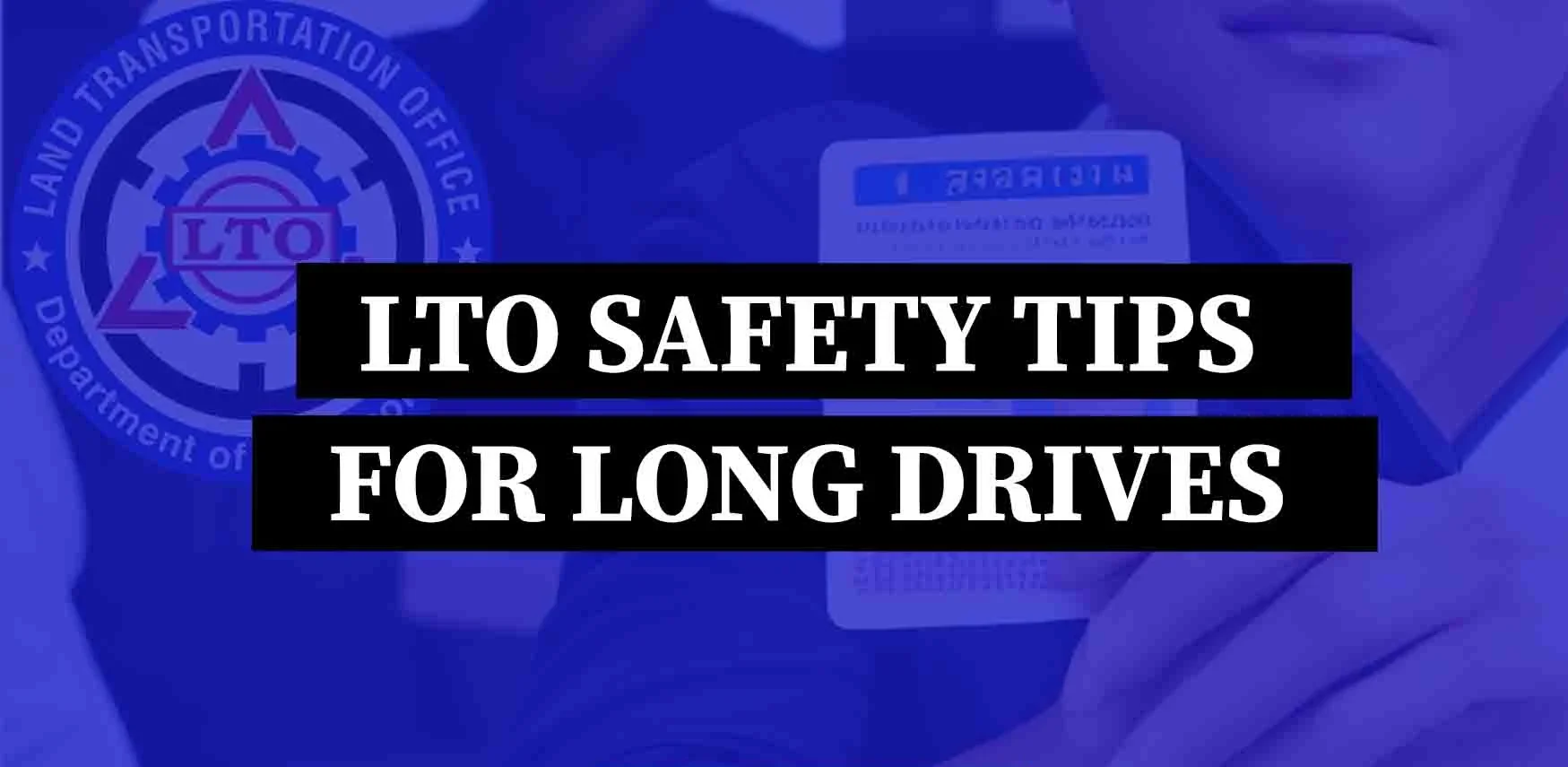
Benefits of Long Drives
While the Land Transportation Office (LTO) primarily promotes road safety, long drives can offer several indirect benefits for well-being:
- Stress Relief: Long drives provide an opportunity to relax and unwind, helping to alleviate daily stressors and improve mental well-being.
- Quality Time: Traveling with loved ones fosters stronger connections and creates lasting memories, enhancing relationships.
- Adventure and Exploration: Long drives allow individuals to discover hidden gems and appreciate scenic landscapes, contributing to a sense of adventure.
- Change of Scenery: Shifting environments can offer mental refreshment, breaking routine and providing new perspectives.
- Physical Activity: Rest areas encourage stretching and light exercise, countering the sedentary nature of driving.
- Inspiration for Creativity: Scenic routes may inspire photography enthusiasts to capture beautiful landscapes and memorable moments.
- Celebration of Milestones: Long drives can turn journeys into part of celebrations, making events more special.
- Camaraderie: Group road trips promote camaraderie and a shared sense of adventure among friends.
Despite these benefits, it’s crucial to prioritize safety. Always practice responsible driving and adhere to LTO guidelines to ensure that long drives remain enjoyable and safe.
LTO Safety Tips to Avoid Danger During Long Drives
1. Preparing Your Vehicle for Long Drives
1.1 Maintenance Check
Before hitting the road, it’s crucial to conduct a thorough maintenance check on your vehicle. A well-maintained car is less likely to break down and more capable of handling long trips. Here’s what to inspect:
- Tires: Check for proper inflation and sufficient tread depth. Under-inflated tires can lead to blowouts, while worn tires can reduce traction, especially in wet conditions. Consider the age of the tires; even if the tread looks good, tires should typically be replaced every six years.
- Brakes: Test your brakes for responsiveness. Listen for any unusual sounds, like squeaking or grinding, which may indicate wear. If your brakes feel spongy or your vehicle pulls to one side when braking, have them checked before your trip.
- Fluids: Ensure that all essential fluids are at proper levels. This includes:
- Engine Oil: Check the oil level and quality. Change it if it’s dark or gritty.
- Coolant: Make sure your engine coolant is topped up to prevent overheating.
- Brake Fluid: Ensure that brake fluid is at the appropriate level and clear.
- Windshield Washer Fluid: Fill this up to ensure visibility during rain.
- Lights: Inspect all lights, including headlights, taillights, brake lights, and turn signals. Proper lighting is essential for night driving and inclement weather.
1.2 Emergency Kit
Having an emergency kit is vital for any long drive. This kit should contain essential items that can help you in case of unexpected situations:
- First-Aid Supplies: Include band-aids, antiseptic wipes, gauze, and pain relievers. Knowing basic first-aid procedures can be beneficial in emergencies.
- Flashlight with Extra Batteries: A flashlight is invaluable for nighttime emergencies. Ensure it has fresh batteries before your trip.
- Basic Tools: Include tools like screwdrivers, pliers, and a multi-tool for small repairs.
- Jumper Cables: Dead batteries can happen, so having jumper cables ready can save you from being stranded.
- Spare Tire and Jack: Ensure your spare tire is inflated and the jack is in working condition. Knowing how to change a tire can save you time and hassle.
- Non-Perishable Snacks and Water: Pack snacks like granola bars and bottled water for emergencies or if you encounter delays.
2. Planning Your Route
2.1 Navigation Tools
Planning your route ahead of time can help you avoid getting lost and ensure you reach your destination efficiently. Utilize various navigation tools:
- GPS Devices: Invest in a reliable GPS device or use a navigation app on your smartphone. These tools provide real-time traffic updates and alternate routes.
- Maps: While digital maps are convenient, having a physical map as a backup can be beneficial in areas with poor signal reception.
- Local Knowledge: Familiarize yourself with major highways, local roads, and any potential hazards along your route. Knowing where construction zones or traffic bottlenecks may occur can save time.
2.2 Travel Time
Estimating your travel time accurately is crucial for planning breaks and avoiding fatigue:
- Factor in Traffic Conditions: Consider peak traffic hours in urban areas, as congestion can significantly increase travel time.
- Check Road Conditions: Stay informed about road conditions, especially during rainy seasons or typhoons, which can lead to flooding or road closures.
3. Taking Breaks
3.1 Rest Stops
Driving for extended periods can lead to fatigue, which significantly increases the risk of accidents. Schedule regular breaks:
- Frequency: Take a break every two to three hours to stretch your legs, refresh, and recharge.
- Designated Rest Areas: Utilize designated rest stops or service areas along highways. These locations often provide clean facilities and food options.
3.2 Food and Hydration
Maintaining energy levels during long drives is essential:
- Stay Hydrated: Drink water regularly, especially in hot weather. Dehydration can lead to fatigue and decreased concentration.
- Choose Light Meals: Avoid heavy or greasy foods that might make you sluggish. Opt for fruits, nuts, and protein bars for sustained energy.
4. Staying Alert on the Road
4.1 Avoid Distractions
Distractions can be a significant factor in road accidents. Minimize distractions by:
- Limiting Phone Use: Avoid texting or making calls while driving. If you need to use your phone, pull over to a safe location.
- Setting Navigation Before Driving: Input your destination into your GPS before you start driving to avoid fumbling with your device while on the road.
4.2 Monitor Fatigue
Recognizing signs of fatigue is crucial for safety:
- Watch for Warning Signs: Signs of fatigue include frequent yawning, difficulty focusing, and heavy eyelids. If you notice these symptoms, it’s time to take a break.
- Consider a Driving Partner: If possible, travel with a companion who can share driving duties. This allows you to rest while someone else drives.
5. Following Traffic Rules
5.1 Speed Limits
Adhering to adhering to speed limits is not just a legal requirement; it’s essential for safety:
- Know the Speed Limits: Different areas may have varying speed limits, especially in residential or school zones. Always obey posted signs.
- Adjust for Conditions: In inclement weather or heavy traffic, reduce your speed even further to maintain control of your vehicle.
5.2 Use Seatbelts
Seatbelts are one of the simplest yet most effective safety measures:
- Ensure Everyone is Buckled Up: Make it a rule that all passengers wear seatbelts at all times. This greatly reduces the risk of injury during an accident.
5.3 Observe Road Signs
Road signs are designed to inform and guide drivers:
- Pay Attention: Always be vigilant and responsive to road signs, including stop signs, yield signs, and warning signs.
- Follow Traffic Signals: Adhere to traffic lights and signals to maintain a safe driving environment for everyone on the road.
6. Preparing for Weather Conditions
6.1 Rainy Season Precautions
The Philippines is known for its tropical climate, which can lead to heavy rainfall, particularly during the monsoon season:
- Ensure Wipers are Functional: Check that your windshield wipers are in good condition and functioning correctly.
- Drive Cautiously: Reduce speed and increase your following distance during rain to account for reduced visibility and longer stopping distances.
6.2 Sun Protection
Driving under the sun can lead to glare, which can impair visibility:
- Wear Sunglasses: Invest in a good pair of polarized sunglasses to reduce glare.
- Keep Windows Clean: A clean windshield can help improve visibility and reduce the sun’s glare.
7. Staying Connected
7.1 Inform Others of Your Travel Plans
Let someone know your travel plans for safety:
- Share Your Itinerary: Provide details about your route, expected stops, and arrival time to a family member or friend.
7.2 Emergency Contacts
Keep a list of emergency contacts readily available:
- Important Numbers: This should include roadside assistance, local authorities, and family members.
8. Knowing Your Rights and Responsibilities
8.1 LTO Regulations
Understanding the LTO regulations can help you navigate the roads legally and safely:
- Vehicle Compliance: Ensure your vehicle is compliant with LTO regulations, including registration, insurance, and emissions testing.
- Driver’s License: Always carry your valid driver’s license. Familiarize yourself with local laws regarding documentation and road rules.
8.2 Handling Traffic Accidents
In the unfortunate event of an accident, knowing how to react can make a significant difference:
- Stay Calm: Keep your composure and check for injuries. If anyone is hurt, call for medical assistance immediately.
- Contact Authorities: Report the accident to local authorities, especially if there are injuries or significant damage.
- Document the Scene: Take photos of the scene, exchange information with other parties involved, and gather witness statements if possible.
9. Additional Safety Tips
9.1 Night Driving Precautions
Driving at night presents unique challenges:
- Use Headlights Properly: Ensure your headlights are on and functioning. Use high beams only in rural areas without oncoming traffic.
- Watch for Pedestrians: Be extra vigilant for pedestrians and cyclists, especially in poorly lit areas.
9.2 Animal Crossings
In rural areas, animals can unexpectedly cross the road:
- Be Cautious: Slow down in areas where animals are known to roam. Keep an eye on the roadside for any signs of wildlife.
Frequently Asked Questions (FAQs)
Q1) What is the Land Transportation Office (LTO), and how does it relate to long drives?
Ans: The Land Transportation Office oversees land transportation and ensures road safety. It establishes rules and regulations for drivers while promoting safe driving practices, including during long drives.
Q2) Is there a specific speed limit for long drives set by the LTO?
Ans: Speed limits vary based on road type and location. Drivers should always observe posted speed limits and adjust their speed to ensure safety, considering road conditions, weather, and visibility.
Q3) What are the key vehicle maintenance checks recommended by the LTO before embarking on a long drive?
Ans: The LTO recommends checking tires, brakes, lights, fluid levels, and the overall condition of the vehicle. Regular maintenance is essential for ensuring reliability and safety on long journeys.
Q4) Are there rest recommendations from the LTO for long drives?
Ans: Yes, the LTO encourages drivers to take frequent breaks during long distances. Regular rest stops help combat fatigue, maintain alertness, and enhance overall safety on the road.
Q5) Does the LTO provide guidelines for driving in adverse weather conditions during long trips?
Ans: While there are no specific guidelines, the LTO emphasizes adjusting driving behavior in adverse weather. Drivers should slow down, increase following distance, and use headlights as necessary to ensure safety.
Conclusion
Driving long distances in the Philippines can be a fulfilling experience, filled with opportunities to explore the country’s natural beauty and cultural richness. However, safety should always be a top priority. By preparing your vehicle, planning your route, taking regular breaks, staying alert, and adhering to traffic regulations, you can significantly reduce the risk of accidents and ensure a smooth journey.
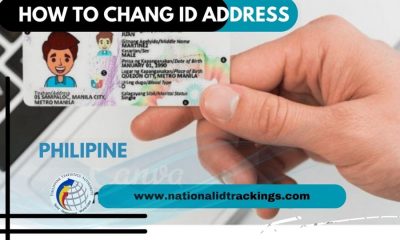
 Uncategorized12 months ago
Uncategorized12 months ago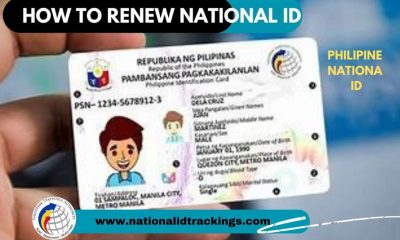
 Uncategorized11 months ago
Uncategorized11 months ago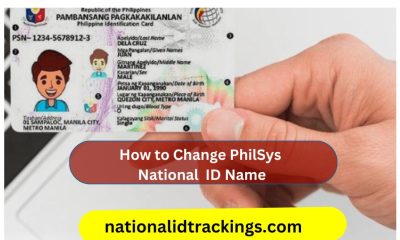
 Uncategorized11 months ago
Uncategorized11 months ago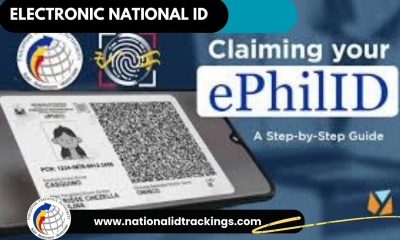
 Uncategorized12 months ago
Uncategorized12 months ago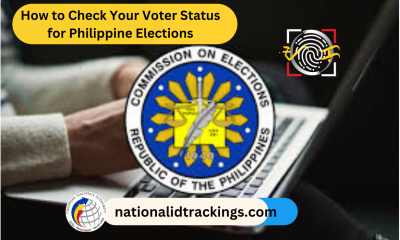
 Uncategorized11 months ago
Uncategorized11 months ago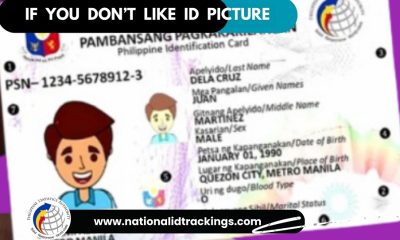
 Uncategorized12 months ago
Uncategorized12 months ago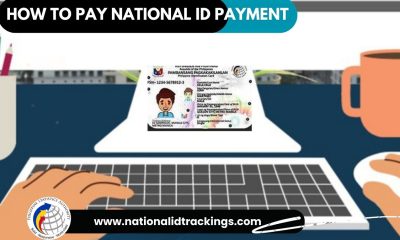
 Uncategorized11 months ago
Uncategorized11 months ago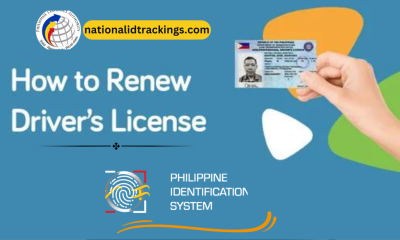
 Uncategorized11 months ago
Uncategorized11 months ago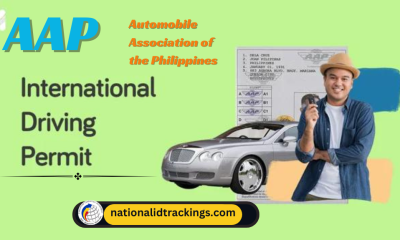
 Uncategorized11 months ago
Uncategorized11 months ago
 Uncategorized9 months ago
Uncategorized9 months ago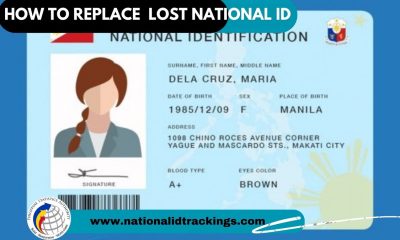
 Uncategorized11 months ago
Uncategorized11 months ago
 Uncategorized9 months ago
Uncategorized9 months ago
-Feb-07-2024-03-07-18-5160-AM.png?width=600&height=400&name=Pics%20for%20blog%20-%20600x400%20(1)-Feb-07-2024-03-07-18-5160-AM.png)